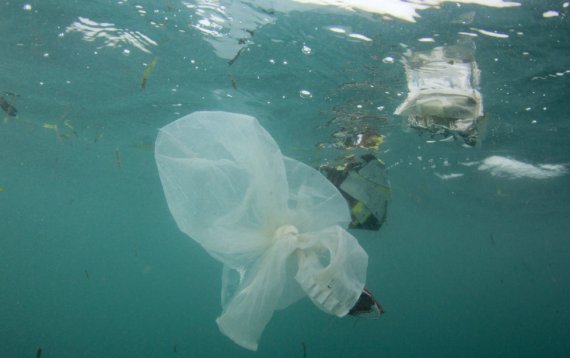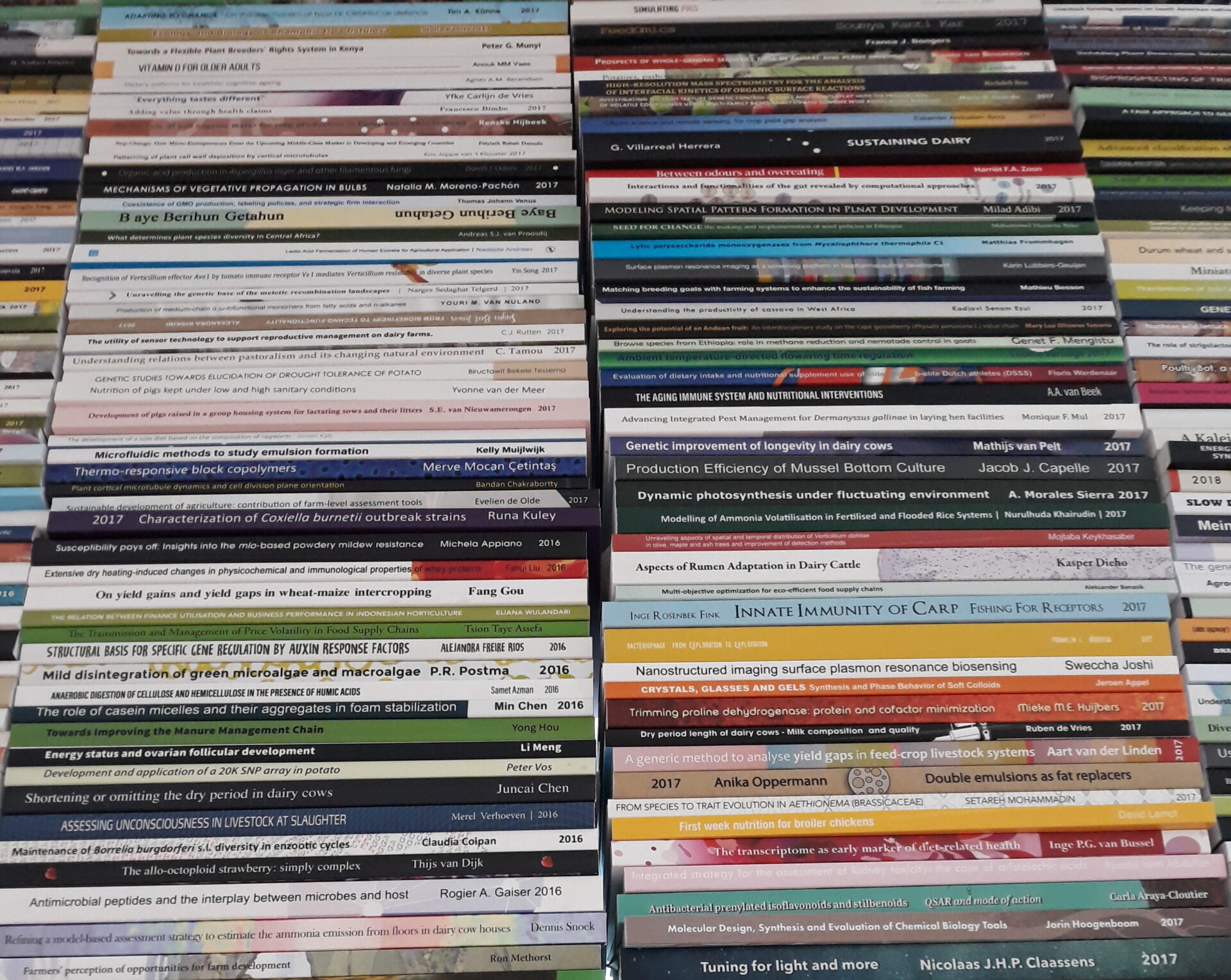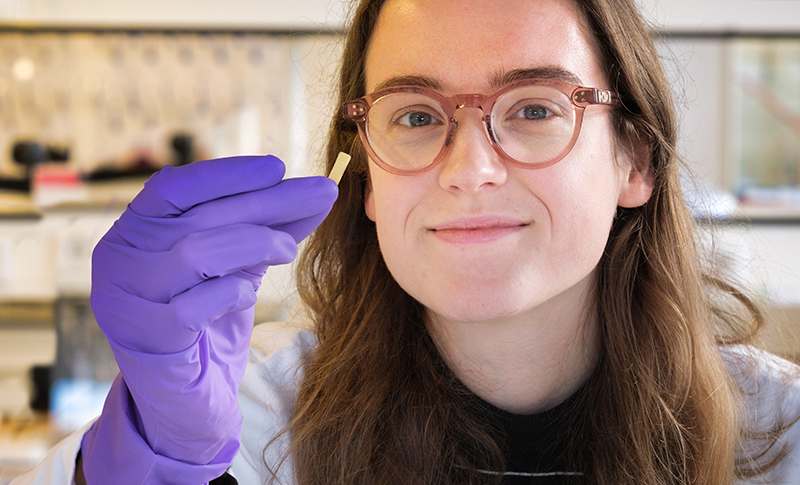How much visible plastic floats around in the Rhine? Not that much, a counting and weighing method developed based on WUR-expertise shows.
The oceans are slowly but surely filling up with plastic. A large portion of this plastic is carried to the oceans by rivers, but falls in the micro- or nano category and is invisible to the naked eye. But how much visible (macro) plastic is involved? Macroplastic has a higher mass and therefore contributes to the plastic stream in no small degree. Paul Vriend, masters student Environmental Sciences, developed a fast measuring method that can be applied in rivers like the Rhine.
Gap Year
It is a project that he started during a gap year in 2018, during an internship for Ocean Cleanup. His assignment was to map the amount of macroplastic in the Rhine. Vriend used a counting method developed by WUR hydrologist and co-author Tim van Emmerik as a point of departure for the counting (from a bridge) and weighing (using a net) of samples. Vriend modified the method for the collection of weighing samples
‘Collecting samples using nets works well in rivers with a lot of macroplastics, such as in Indonesia or Thailand’, Vriend explains. ‘But in the Rhine, this doesn’t work that well, the concentration of plastics is too low. Collected samples are not sufficiently representative. Besides, there is a lot of boat activity in the Rhine; you can’t just drop a net in the river for a longer period of time. The shipping industry would not be pleased.’
All of a sudden, five police vehicles appeared on the bridge, lights flashing
Police
Vriend ran into another problem. Being busy with nets and ropes on a bridge looks rather suspicious, as he soon discovered on the Erasmus bridge in Rotterdam. ‘All of a sudden, five police vehicles appeared on the bridge, lights flashing. I was working alone at the time, and they wanted to know what my intentions were. They had been warned that someone was on the bridge and might want to hurt themselves.’
‘The funny thing was’, Vriend continues, ‘that the exact same thing happened shortly after. They had neglected to report back to the control room. And again, the bridge was closed off.’ So, the net-method was discarded. As an alternative, Vriend used the Shoreliner, a design by engineering firm Tauw, to collect plastic. The Shoreliner is essentially a rubbish bin that collects waste from the water using a long, floating arm.
No interference
From afar, the Shoreliner looks similar to the collecting equipment used by The Ocean Cleanup to collect waste in the Pacific Ocean. The device is set up in one of the Rotterdam ports and does not interfere with shipping. The plastic thus collected is a good indicator of what comes floating by in the Rhine, according to Vriend. But that isn’t all that much. In October, an average of 6 kilogrammes per day.
However, Vriend stresses that this doesn’t mean the Rhine is clean. ‘The method we used only measures visible plastic (larger than 5 cm) that floats in the top 50 centimetres of the water. Smaller plastic particles and plastic that is carried deeper below the surface is not measured.’ The Shoreliner also collected a lot of smaller plastics, so-called nurdles, that are used as a semi-finished product for plastic goods. And then, there is also a whole lot of micro and nano plastic.
The method we used only measures visible plastic
However, the method works fine as a quick way to get a preliminary estimate, Vriend says. After his gap year, he started studying in Wageningen. He used his data for his first scientific publication as a leading author. If it weren’t for the corona crisis, he would be doing an internship in Indonesia at this time, applying a variant on the measurements. In this variant, plastic is counted using drones instead of by people on bridges. The project is currently on hold.

 © Shutterstock
© Shutterstock 

